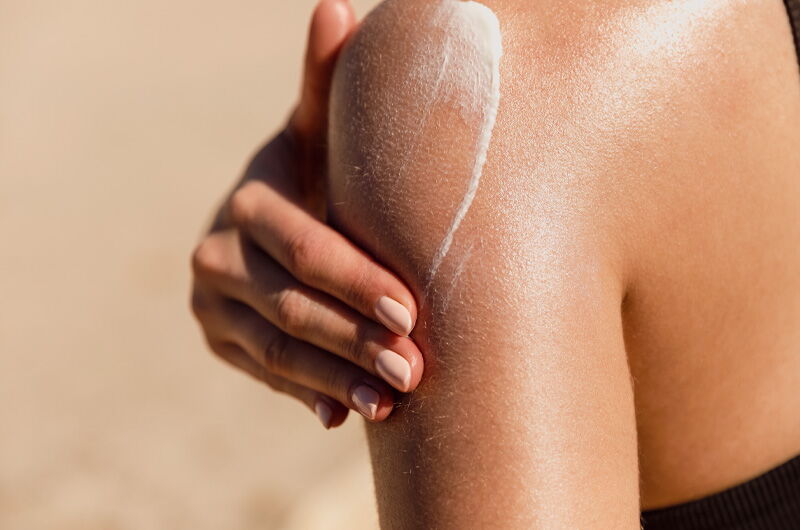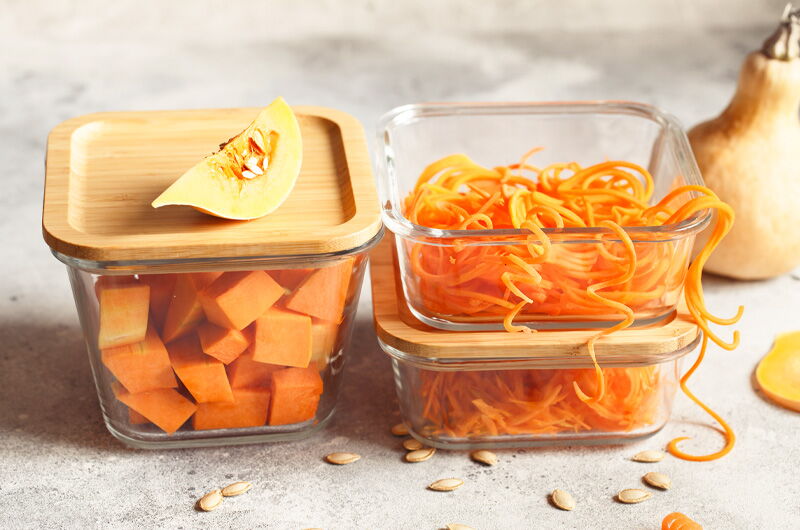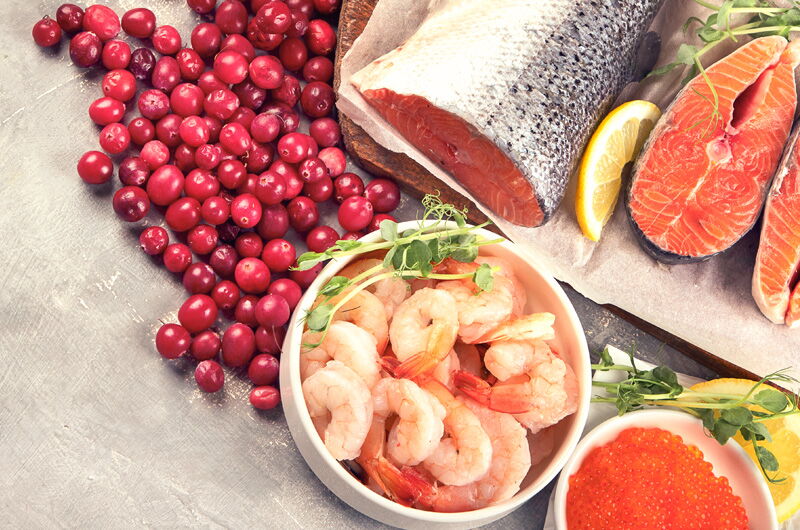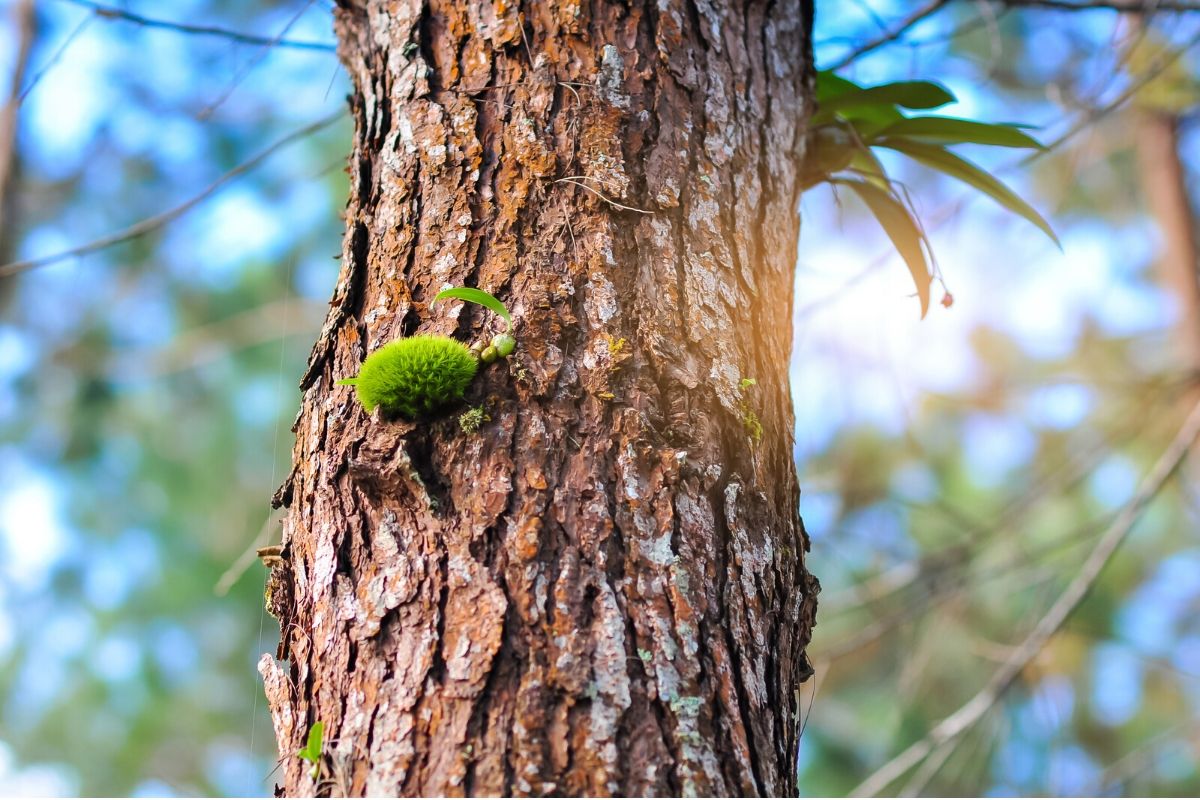The arrival of summer is imminent and, finally, we can relax in the sun and filling up with UV rays and good mood. In this post, we will see the benefits of the sun on the skin and the importance of preparing for summer with nutraceutical solar supplements that can promote tanning and avoid sunburn and erythema.
Benefits of sun exposure

Exposing yourself to the sun, with the necessary precautions and gradually, allows you to trigger beneficial processes for the body such as:
- promote photosynthesis of vitamin D
- relieve rheumatic pain;
- help minimize skin problems such as acne, eczema, seborrheic dermatitis, psoriasis.
Let's not forget about that pleasant feeling of well-being that we have in the sun! The sunlight on the skin stimulates the release of brain neurotransmitters such as serotonin and dopamine. It is clear then that the tan on our skin is just one of the many benefits that summer brings.
Why is it important to prepare for sun exposure?
Tanning requires a gradual approach and adequate protection. Neglecting the introductory and protective phase - which provide for the application of creams with UVA and UVB protection factors suitable for your complexion and, possibly, the intake of special solar supplements - can cause:
- redness,
- erythema,
- sunburn,
- flaking.
These problems, in addition to being unsightly, are harmful to the health of the skin, which loses its elasticity by promoting the appearance of wrinkles and sunspots.
Effects of UVA and UVB rays on the skin
UV rays constitute the ultraviolet radiation contained in sunlight, strong enough to alter DNA and proteins. About 3-5% of the UV waves that arrive on earth are so-called UVB rays, those that cause sunburn and sunburn, acting on the surface.
UVA rays, on the other hand, are those capable of penetrating the layers of the epidermis, tanning the skin which, stimulated by solar radiation, releases melanin, a protein substance capable of absorbing UV rays and blocking them before they damage the various skin layers.
The combination of UVB and UVA rays strongly dehydrates the skin and causes a greater flow of blood to the surface, damaging the elastin and collagen fibers. This generates a strong impact on oxidative stress, producing free radicals.
Solar supplements to protect the skin
Nutraceuticals help promote sun protection from the inside, preparing the skin in advance thanks to the use of food supplements and natural extracts. These products allow us to obtain a healthy and uniform tan but, above all, to activate the skin's defenses and counteract the damage caused by the sun and free radicals. Some of the most common solar supplements are:
- carotenoids such as beta carotene,
- astaxanthin,
- Pycnogenol,
- lycopene,
- antioxidant vitamins such as C and E,
But also lutein, trace elements such as zinc, selenium, copper, coenzyme Q10.
1. Betacarotene

Science has shown that the presence of this microelement in an adequate measure allows reducing the sensitivity of the skin to UV rays of type A and B. Betacarotene (or provitamin A) allows to counteract the free radicals that attack the skin, the crystalline and the retina, becoming a bit the symbol of nutraceuticals for sun protection to be combined with topical creams or lotions.
Betacarotene is a yellow-orange pigment that is part of the carotenoids, vegetable pigments that are found in large quantities in fruit, in certain legumes, carrots, peppers, pumpkins, sweet potatoes and in algae such as spirulina. As a sort of natural UV filter, beta-carotene "absorbs" the harmful portion of blue light and helps protect the skin from the highly energetic rays that attack the skin cells.
2. Astaxanthin

Among the most powerful antioxidant carotenoids in nature, astaxanthin is an orange-red pigment produced by the microalgae Haematococcus Pluvialis which also characterizes the reddish color of shrimps and salmon. Astaxanthin is decidedly more powerful than beta-carotene, alpha-tocopherol, lycopene or lutein (all members of the same "chemical family") and is capable of a very powerful action to contrast free radicals.
Astaxanthin has shown that it can help against damage from UV radiation by acting as an internal sunscreen that can defend against radiation, thus promoting:
- prevention of skin aging and increase of wrinkles,
- greater elasticity and shine of the skin,
- more internal hydration.
Unlike topical sunscreens, astaxanthin does not block UV rays, therefore it does not prevent UVBs from converting into vitamin D (so we can "take it all") but it helps to protect the skin from sunburn and reduce inflammation. For this purpose, a daily dose of 4 mg is sufficient for at least two weeks before exposure. Those who exercise outdoors should take a dose of between 8 mg and 12 mg per day to extend the benefits also on performance and recovery.
3. Pycnogenol

Another solar supplement with protective action against UV damage is pycnogenol, an extraordinary antioxidant extracted from the bark of the French maritime pine rich in nutrients such as bioflavonoids and antioxidants procyanidins.
Pycnogenol helps to renew and hydrate the skin thanks to the improvement of local circulation, making it more elastic, smooth, and counteracting aging thanks to its action on collagen and elastin.
Some studies have shown that the exposure times needed to develop a sunburn can be increased with the integration of pycnogenol, which also helps prevent inflammation of the skin caused by UV rays.
4. Lycopene

Lycopene, from the same family of astaxanthin carotenoids, has always been known to act as a natural internal defense against sun damage. An interesting study published in 2001 found, specifically, that this element extracted from tomato paste would help protect fair-skinned individuals with a tendency to burn rather than tan.
5. Vitamins E and C
The vitamin that helps prevent sun damage and has a famous antioxidant activity against free radicals is vitamin E, especially when combined with vitamin C. An article published on the Oregon State University's Micronutrient Information Center website discusses the many functions of vitamin E for the skin, noting that:
"(...) Vitamin E can absorb energy from UV light, therefore it plays an important role in photoprotection, preventing the damage caused by free radicals to the skin."
References
- Nutraceuticals for Skin Care: A Comprehensive Review of Human Clinical Studies. Pérez-Sánchez A, Barrajón-Catalán E, Herranz-López M, Micol V.Nutrients. 2018 Mar 24;10(4):403. doi: 10.3390/nu10040403.
- Do Utilize Our Knowledge of the Skin Protective Effects of Carotenoids Enough? Balic A, Mokos M.Antioxidants (Basel). 2019 Jul 31;8(8):259. doi: 10.3390/antiox8080259.
- Freitas JV, et al. Trans-resveratrol and beta-carotene from sunscreens penetrate viable skin layers and reduce cutaneous penetration of UV-filters. Int J Pharm. 2015 Apr 30;484(1-2):131-7.
- Stahl W, Sies H. ß-Carotene and other carotenoids in protection from sunlight. Am J Clin Nutr. 2012 Nov;96(5):1179S-84S.
- Skin bioavailability of dietary vitamin E, carotenoids, polyphenols, vitamin C, zinc and selenium. Richelle M, Sabatier M, Steiling H, Williamson G.Br J Nutr. 2006 Aug;96(2):227-38. doi: 10.1079/bjn20061817.
- Effects of oral vitamin E and beta-carotene supplementation on ultraviolet radiation-induced oxidative stress in human skin.McArdle F, Rhodes LE, Parslew RA, Close GL, Jack CI, Friedmann PS, Jackson MJ.Am J Clin Nutr. 2004 Nov;80(5):1270-5. doi: 10.1093/ajcn/80.5.1270.PMID: 15531675 Clinical Trial.
- Arakane K (2002) Superior skin protection via astaxanthin. Carotenoid Science 5: 21-24.Goto S, Kogure K, Abe K, Kimata K, Kitahama K, Yamashita E, Terada H (2001) Efficient radical trapping at the surface and inside the phospholipid membrane is responsible for highly potent anti- oxidative activity of the carotenoid astaxanthin. Biochim Biophys Acta 1515: 251258.
- Seki T, Sueki H, Kono H, Suganuma K, Yamashita E (2001) Effects of astaxanthin from Haematococcus pluvialis on human skin-patch test; skin repeated application test; effect on wrinkle reduction. Fragrance J 12: 98-103.
- The Protective Role of Astaxanthin for UV-Induced Skin Deterioration in Healthy People-A Randomized, Double-Blind, Placebo-Controlled Trial. Ito N, Seki S, Ueda F.Nutrients. 2018 Jun 25;10(7):817. doi: 10.3390/nu10070817.
- Potential health-promoting effects of astaxanthin: a high-value carotenoid mostly from microalgae. Yuan JP, Peng J, Yin K, Wang JH.Mol Nutr Food Res. 2011 Jan;55(1):150-65. doi: 10.1002/mnfr.201000414. Epub 2010 Nov 18.
- Supplementating with dietary astaxanthin combined with collagen hydrolysate improves facial elasticity and decreases matrix metalloproteinase-1 and -12 expression: a comparative study with placebo. Yoon HS, Cho HH, Cho S, Lee SR, Shin MH, Chung JH.J Med Food. 2014 Jul;17(7):810-6. doi: 10.1089/jmf.2013.3060. Epub 2014 Jun 23.
- French Maritime Pine Bark Extract (Pycnogenol®) Effects on Human Skin: Clinical and Molecular Evidence. Grether-Beck S, Marini A, Jaenicke T, Krutmann J.Skin Pharmacol Physiol. 2016;29(1):13-7. doi: 10.1159/000441039. Epub 2015 Oct 23.PMID: 26492562 Review.
- Pycnogenol® Effects on Skin Elasticity and Hydration Coincide With Increased Gene Expressions of Collagen Type I and Hyaluronic Acid Synthase in Women "Skin Pharmacol Physiol." 2012;25(2):86-92. doi: 10.1159/000335261.Epub 2012 Jan 21 A Marini1, S Grether-Beck, T Jaenicke, M Weber, C Burki, P Formann, H Brenden, F Schönlau, J Krutmann
- Molecular evidence that oral supplementation with lycopene or lutein protects human skin against ultraviolet radiation: results from a double-blinded, placebo-controlled, crossover study. Grether-Beck S, Marini A, Jaenicke T, Stahl W, Krutmann J.Br J Dermatol. 2017 May;176(5):1231-1240. doi: 10.1111/bjd.15080. Epub 2017 Mar 15.PMID: 27662341 Clinical Trial.
- Vitamin E in human skin: organ-specific physiology and considerations for its use in dermatology. Thiele JJ, Ekanayake-Mudiyanselage S.Mol Aspects Med. 2007 Oct-Dec;28(5-6):646-67. doi: 10.1016/j.mam.2007.06.001. Epub 2007 Jul 3.PMID: 17719081 Review.
